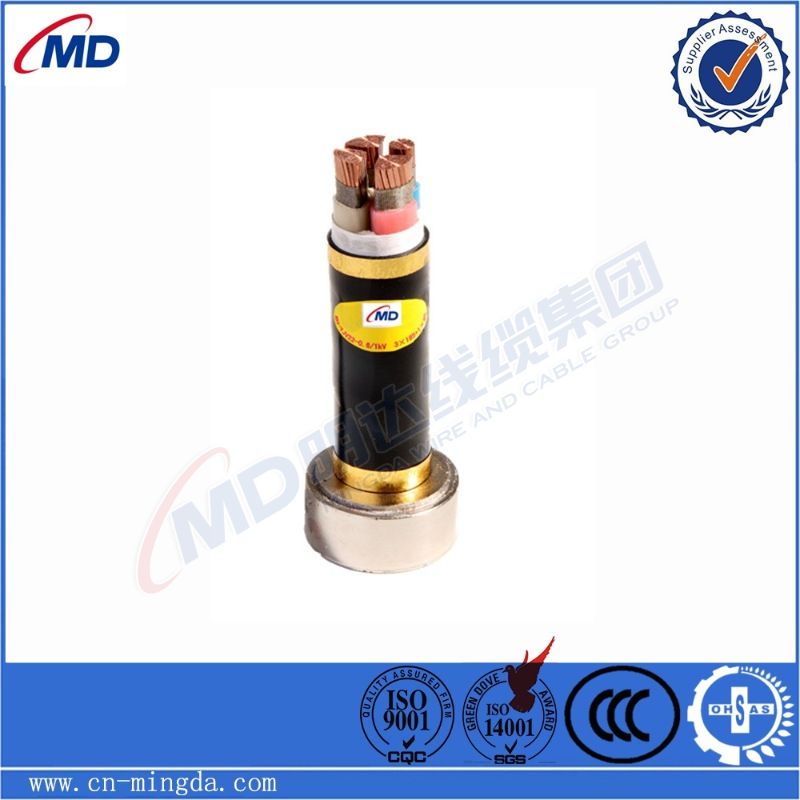Dec . 19, 2024 22:12 Back to list
basket strainer
Understanding Basket Strainers Essential Components in Fluid Systems
Basket strainers are essential components used in a variety of fluid systems to maintain the efficiency and longevity of machinery. These devices are primarily designed to filter out debris, sediment, and other unwanted materials from liquids, ensuring that only clean fluid flows through the system. In various industries, including water treatment, chemical processing, and oil and gas, basket strainers play a crucial role in safeguarding equipment integrity and optimizing performance.
What is a Basket Strainer?
A basket strainer consists of a cylindrical housing, or body, with a filtering basket inside. The fluid enters the strainer through an inlet, passes through the filter basket, and exits through the outlet. The filter basket is typically made of perforated metal or mesh, which allows liquids to flow while capturing larger particles and contaminants. The design can be tailored to accommodate different flow rates and filtration requirements, making basket strainers versatile tools in fluid management.
Importance of Basket Strainers
The presence of foreign particles in fluid systems can lead to a range of issues, such as blockages, corrosion, and wear. These problems can reduce the efficiency of pumps, valves, and other critical components, leading to costly downtime and maintenance. By integrating basket strainers into a system, operators can significantly reduce the risk of such complications.
1. Protection of Equipment One of the primary functions of a basket strainer is to protect downstream equipment. For instance, in a cooling system, debris can clog heat exchangers or pumps, leading to overheating or even failure. A well-placed basket strainer ensures that the cooling fluid remains uncontaminated, thereby prolonging the life of these components.
2. Improved System Efficiency Clean fluids contribute to better system performance. By filtering out contaminants, basket strainers help maintain optimal flow rates and pressure, which is essential for the efficient operation of any fluid handling system. This efficiency translates to lower operational costs and energy consumption.
3. Reduced Maintenance Costs The use of basket strainers can lead to significant savings in maintenance and repair costs. By preventing clogging and damage to critical components, facilities can avoid the expenses associated with unscheduled maintenance and equipment replacements.
Types of Basket Strainers
basket strainer

There are various types of basket strainers available, each designed for specific applications. The choice of strainer will depend on factors such as flow rate, particle size, and the nature of the fluid being filtered.
1. Simplex Basket Strainers These are straightforward devices that operate in a single flow path. They are easy to install and maintain but may require system shutdown during cleaning or replacement.
2. Duplex Basket Strainers Duplex designs feature two baskets, allowing for continuous operation. When one basket becomes clogged, the flow can be switched to the other, enabling maintenance without interrupting the system.
3. Y-Strainers Though not strictly basket strainers, Y-strainers serve a similar purpose. They have a Y-shaped design and are often used in applications where space is limited. Their compact form factor makes them suitable for various installations.
Maintenance of Basket Strainers
Regular maintenance is crucial to ensure that basket strainers operate effectively. This typically involves periodically inspecting and cleaning the strainer baskets to remove accumulated debris. Depending on the application, the frequency of maintenance may vary, but it is essential to establish a routine schedule to prevent performance issues.
Operators should also monitor the pressure differential across the strainer. A significant increase in pressure drop indicates that the basket is becoming clogged and requires cleaning. Maintaining clear lines of communication among operating personnel regarding the condition of the strainer is vital for optimal performance and equipment protection.
Conclusion
Basket strainers are indispensable components in fluid systems, offering a simple yet effective solution to filtration challenges. By protecting equipment, improving efficiency, and reducing maintenance costs, they play a critical role in the operation of a wide range of industries. Investing in high-quality basket strainers and proper maintenance practices ensures that systems run smoothly, and equipment remains safeguarded against the detrimental effects of contaminants. As technology advances, basket strainers will continue to evolve, further enhancing their utility in fluid management applications.
Share
-
Reliable Wafer Type Butterfly Valves for Every IndustryNewsJul.25,2025
-
Reliable Flow Control Begins with the Right Ball Check ValveNewsJul.25,2025
-
Precision Flow Control Starts with Quality ValvesNewsJul.25,2025
-
Industrial Flow Control ReliabilityNewsJul.25,2025
-
Engineered for Efficiency Gate Valves That Power Industrial PerformanceNewsJul.25,2025
-
Empowering Infrastructure Through Quality ManufacturingNewsJul.25,2025